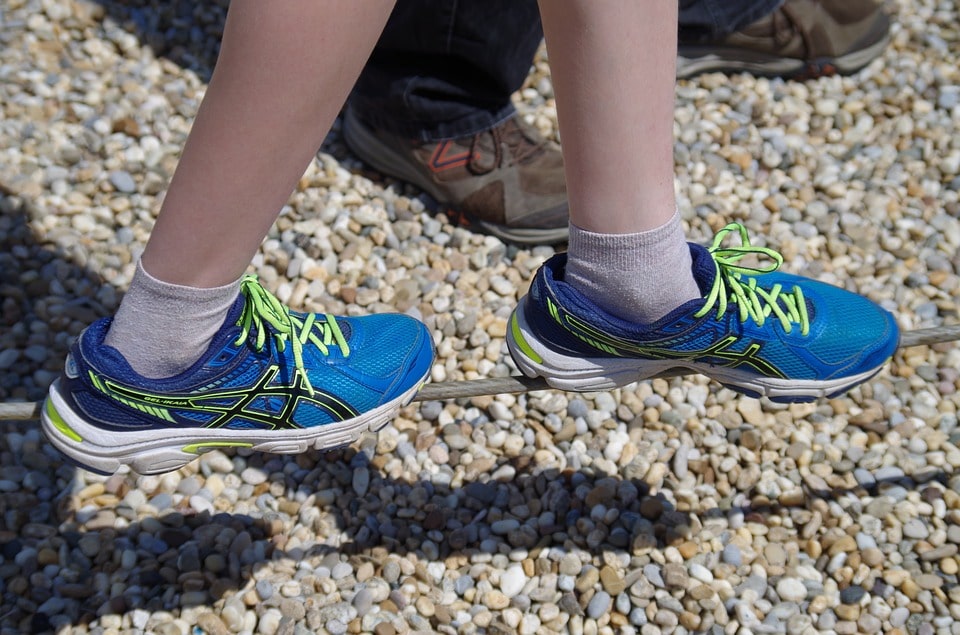3 Foot Injuries to Watch Out For When Running
Hi and welcome back to the Mohsin Salya blog.
When you’re a runner, there’s always the fear and possibility of injuring yourself. One of the most common injuries are foot injuries, naturally, as this is the part of the body that takes the shock and impact whilst running. The foot is active in both the landing and push-off phases of the running cycle, so it’s involved in absorbing the shock of impact (upon landing), then controlling the forces generated by running (during push-off).
In this post I will discuss the three most common foot injuries to watch out for when training, and how to treat and prevent them.
Plantar Fasciitis
This is pain along the bottom of your heel – it is particularly bad first thing in the morning when you get out of bed. This is caused by excess tension or pulling on the plantar fascia, which runs along the bottom of your foot, resulting in painful inflammation.
Treat it by:
- Cross-training
- Taking anti-inflammatories
- Rolling your foot over a frozen water bottle
- Pumping your ankle up and down 10 times before getting out of bed
- Wearing shoes with arch support
- Stretching your calf
To prevent Plantar Fasciitis stretch, strengthen and foam roll your calves regularly. Additionally, shorten your stride – aim for 180 foot strikes per minute.
Ankle Tendinitis
This is pain on the outside of your ankle beneath the bone and toward the back of the joint. This may start out mild but can worsen over time with repeated running. Ankle tendinitis is caused by a big bump in mileage stressing out the two tendons that run along the outside of your ankle, causing them to become in flamed.
Treat it by:
- Cross-training
- Applying ice for 15 minutes, five times a day
- Stretching and foam rolling your calves
- Talk to a sports doctor if discomfort lasts – they may recommend a brace
Ankle Tendinitis can be prevented by doing regular foot eversions and calf raises.
Stress Fracture
This is a pain in your forefoot or heel, which is usually most pronounced during running and worsens over time. This is something that can develop over time when the demand on the bone exceeds the bone’s ability to withstand the force.
Treat it by:
- Seeing a sports doctor for immediate diagnosis – they will advise you to rest and this can reduce recovery time.
- Cross-training
Stress fractures can be prevented by upping your mileage gradually. If you over pronate whilst running, try arch supports. Getting enough calcium and vitamin D can help prevent stress fractures, and additionally you should strengthen your core and hips with exercises.
Until next time,
Mohsin Salya




